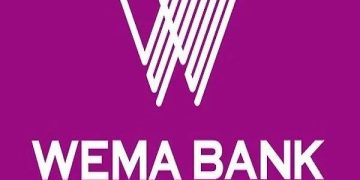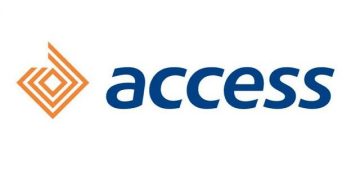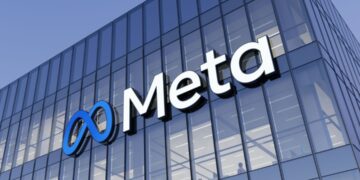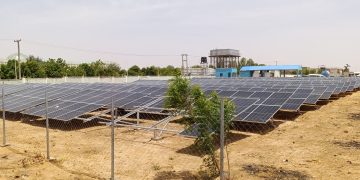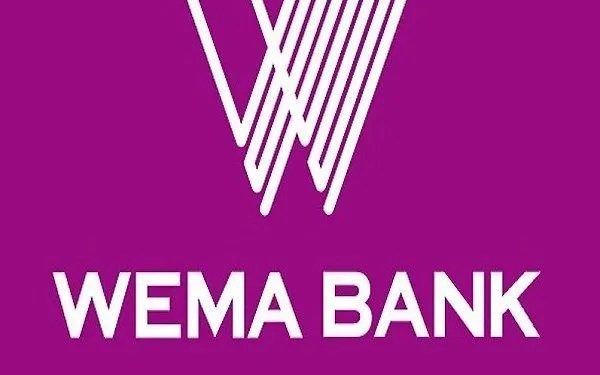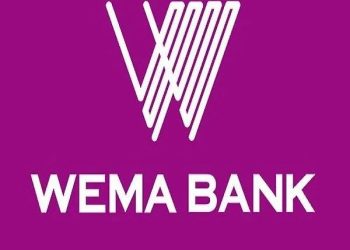Wema Bank Plc has posted a robust performance for the nine months ended September 30, 2025, reporting a profit after tax (PAT) of ₦127.4 billion, a 142% increase from ₦52.7 billion recorded in the same period of 2024. This impressive earnings growth underscores the bank’s strengthened asset base, improved efficiency, and strategic positioning within Nigeria’s increasingly competitive financial landscape.
Strong Interest Income and Loan Growth Drive Earnings
Interest income rose sharply to ₦458.5 billion in the first nine months of 2025, up from ₦289.1 billion in the corresponding period of 2024, A 58% year-on-year growth. The increase was largely driven by higher yields on loans and investment securities, reflecting both the elevated interest rate environment and the bank’s expanded credit portfolio.
Wema Bank’s loans and advances to customers surged to ₦1.56 trillion as of September 2025, compared to ₦1.20 trillion at the end of 2024 marking a 30% increase in loan growth within nine months. This expansion indicates the bank’s continued focus on retail and SME lending, as well as digital-driven credit offerings through its ALAT digital platform.
Interest expense also climbed to ₦161.3 billion (from ₦124.1 billion in 9M 2024), but net interest income still rose 122% to ₦235.6 billion, reflecting efficient cost of funds management despite rising market rates.
After accounting for a ₦11.0 billion impairment loss on financial assets, net interest income after credit losses stood at ₦224.6 billion, more than doubling the ₦94.1 billion recorded a year earlier.
Non-Interest Income Remains a Key Support
Non-interest income contributed significantly to the bottom line. Fee and commission income grew to ₦42.9 billion (from ₦38.5 billion in 9M 2024), supported by higher transaction volumes, digital fees, and e-banking operations.
Trading income also soared to ₦10.7 billion, up from ₦2.7 billion, reflecting strong performance in treasury operations and foreign exchange activities.
Other income, however, declined to ₦6.9 billion (from ₦16.4 billion in 2024), partly due to reduced revaluation gains and fewer one-off items compared to the prior year.
Cost Management and Operating Efficiency
Operating income increased by 86% to ₦286.2 billion from ₦153.3 billion in 2024. However, operating expenses also rose, with personnel costs reaching ₦50.3 billion (from ₦32.5 billion) and other operating expenses totaling ₦81.0 billion.
Despite higher costs, the bank maintained a strong cost-to-income ratio improvement, indicating greater efficiency and profitability per naira earned.
Profit and Earnings per Share
Profit before tax for the period stood at ₦146.4 billion, up 141% from ₦60.6 billion in 2024. After a ₦19.0 billion income tax charge, profit after tax reached ₦127.4 billion, underscoring one of Wema Bank’s strongest interim performances in its history.
Earnings per share (EPS) increased to ₦7.38, from ₦3.28 in the same period last year — a clear reflection of enhanced shareholder value.
Balance Sheet Strength: Assets Cross ₦3.97 Trillion
Total assets rose to ₦3.98 trillion as of September 2025, representing a 10.7% growth from ₦3.59 trillion at year-end 2024. This growth was driven by expansion in loans, investment securities, and cash balances.
Key asset components include:
- Loans and advances: ₦1.56 trillion (up 30%)
- Investment securities: ₦1.31 trillion (up from ₦900 billion in December 2024)
- Cash and cash equivalents: ₦195.8 billion
- Pledged assets: ₦19.9 billion (down sharply from ₦307.2 billion due to maturity or reallocation)
On the funding side, customer deposits grew to ₦2.73 trillion from ₦2.52 trillion, reflecting increasing customer confidence and deeper market penetration. The bank’s deposit base continues to benefit from its hybrid digital-banking model, combining traditional services with its award-winning ALAT app.
Equity and Capitalization
Shareholders’ funds doubled to ₦512.0 billion as of September 2025, compared to ₦256.4 billion at the end of 2024 — buoyed by retained earnings, revaluation reserves, and a significant increase in share premium from ₦56.4 billion to ₦193.9 billion, following a likely capital raise earlier in the year.
This capital boost places Wema Bank in a stronger position to meet regulatory capital adequacy requirements and sustain its growth ambitions in the Nigerian banking sector.
Outlook: Sustained Momentum Amid Economic Headwinds
Wema Bank’s performance signals resilience amid Nigeria’s inflationary pressures and currency volatility. The substantial rise in net income, improved asset quality, and growing deposit base point to effective management execution and strategic diversification.
Analysts note that with assets nearing ₦4 trillion and profit margins widening, Wema Bank is transitioning from a mid-tier bank to a strong Tier II contender, poised for higher market share if current momentum continues into Q4 2025.
The bank’s continued investments in digital banking, SME financing, and capital optimization are expected to sustain profitability and shareholder returns going into 2026.
Key Financial Highlights (₦ ‘000)
| Metric | 9M 2025 | 9M 2024 | % Change |
|---|---|---|---|
| Interest Income | 458,508,114 | 289,117,037 | +58.6% |
| Profit Before Tax | 146,440,928 | 60,615,717 | +141.6% |
| Profit After Tax | 127,404,656 | 52,734,962 | +141.6% |
| Total Assets | 3,978,382,146 | 3,593,227,986 | +10.7% |
| Loans & Advances | 1,561,756,478 | 1,201,209,319 | +30.0% |
| Customer Deposits | 2,725,355,305 | 2,523,815,263 | +8.0% |
| Shareholders’ Equity | 512,020,808 | 256,421,347 | +99.7% |
| EPS (₦) | 7.38 | 3.28 | +125% |


